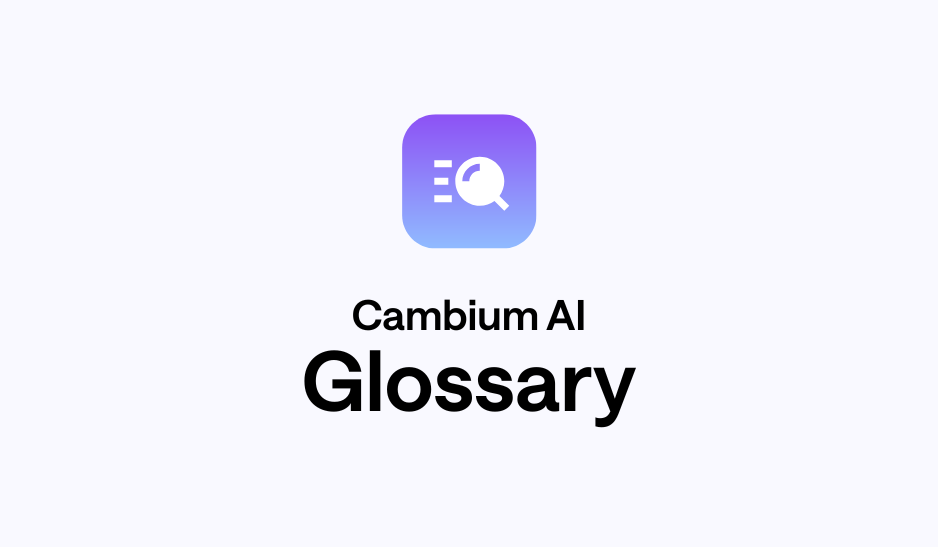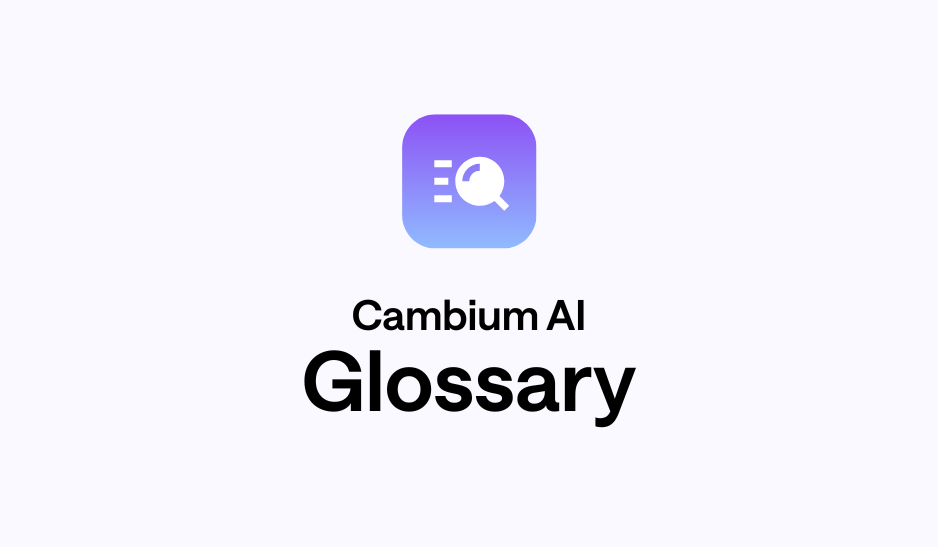Population Growth Rate | Demographic Glossary

Definition
The rate at which the number of individuals in a population increases or decreases over a specific period, usually expressed as a percentage. It reflects births, deaths, and migration.
Why It Matters
A key indicator of a region's economic dynamism, future resource demands, and general vitality. Positive growth can signal opportunity, while negative growth may indicate decline or stagnation.
Specific Relevance for Professionals:
Marketers
Crucial for identifying expanding markets versus stagnant ones. High growth rates indicate a growing customer base and potential for new business opportunities, justifying increased advertising spend and market penetration efforts.
Researchers
Fundamental for demographic forecasting, studying the drivers of population change (births, deaths, migration), and analyzing the long-term sustainability of communities and economies.
Consultants
A primary metric for market expansion strategies, real estate development, and investment viability. A consultant might advise a client to invest in areas with robust population growth to secure future customer bases or workforce.
Public Policy Workers
Vital for all forms of long-term planning, including infrastructure development (schools, roads, utilities), housing supply, and the forecasting of future service demands. It informs decisions about managing growth or addressing decline.
